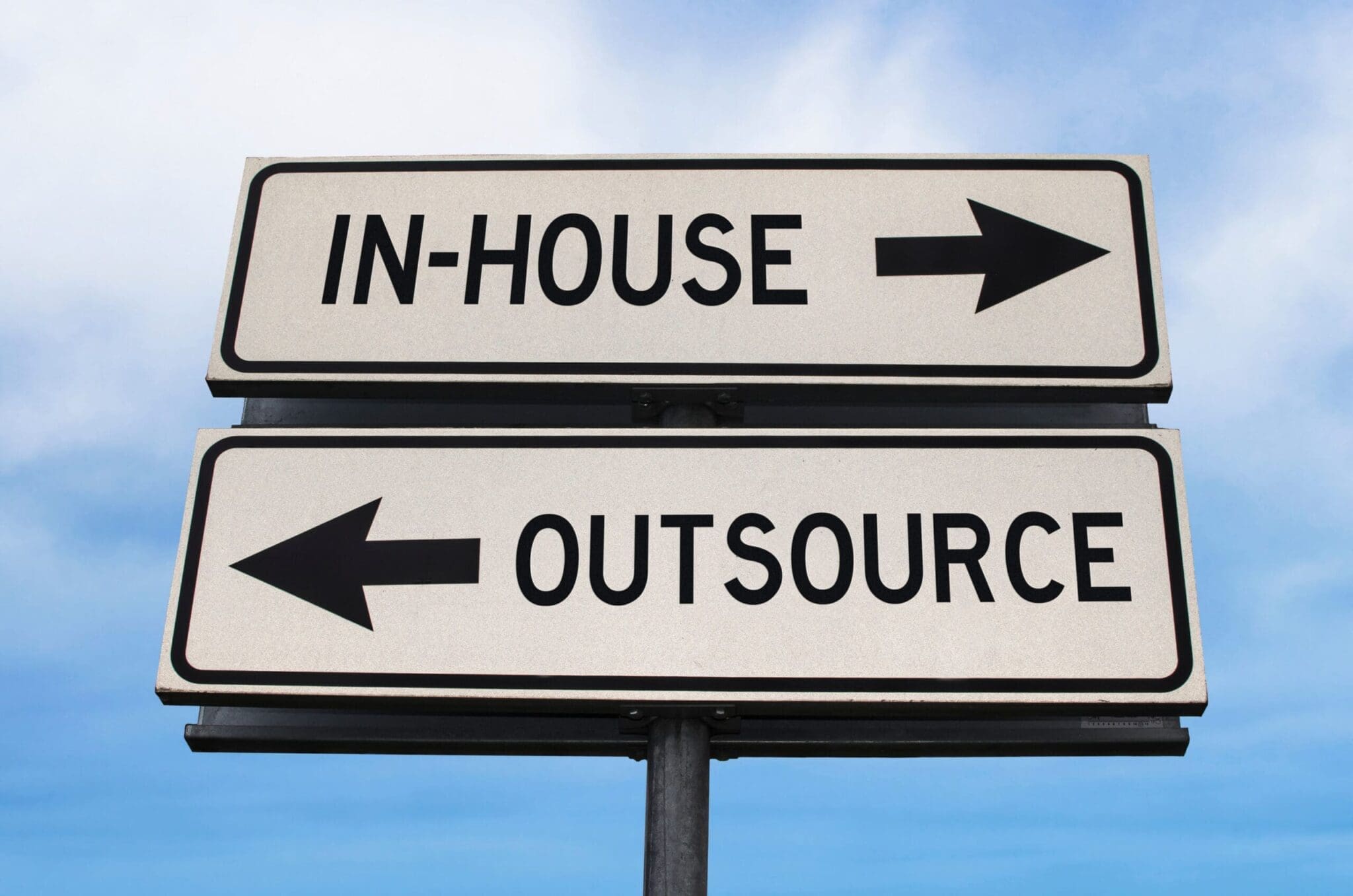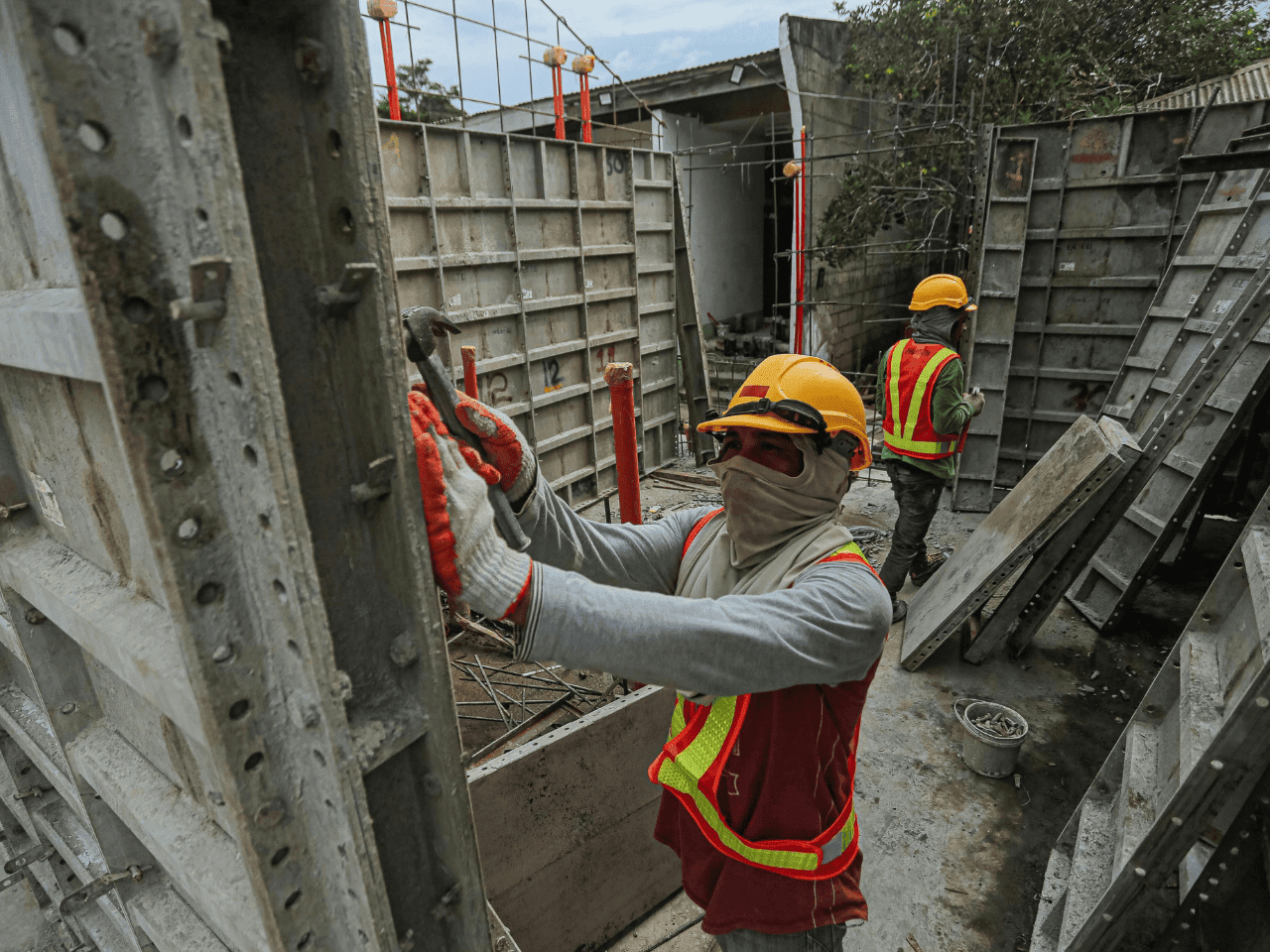In the fast-paced world of property and facilities management, operational efficiency and supplier performance are deeply intertwined. Yet, many facilities managers find themselves buried in administrative tasks; chasing paperwork, maintaining compliance logs, and manually tracking supplier information. All this is while trying to uphold site safety and performance standards.
The challenge isn’t just about reducing admin load. It’s about doing so in a way that improves supplier relationships, ensures regulatory alignment, and supports long-term property risk management strategies. As regulatory scrutiny and contractor expectations evolve, the ability to manage supplier risk effectively and at scale has become essential.
Why FM Admin Burden is a Growing Problem
A survey by Planon and Verdantix found that 48% of facilities management executives cited “lack of digitalisation and automation” as a top barrier to operational efficiency. This directly contributes to increased admin workload and fragmented supplier processes.
This inefficiency leads to:
- Missed contractor compliance issues
- Slower onboarding timelines
- Fragmented supplier communication
- Increased risk exposure across the real estate supply chain
Ultimately, this creates a system where supplier management becomes reactive, rather than proactive and where strained supplier relationships reduce collaboration and trust.
Building a Stronger FM Supply Chain Through Smarter Systems
A modern supplier management system can transform the way FM professionals handle contractor control and supplier risk. Instead of using spreadsheets or different platforms, these tools gather important information. They include supplier due diligence documents and contractor onboarding checklists. This helps create a more consistent and scalable process.
When implemented correctly, these systems can:
- Automate pre-qualification and real-time status updates
- Ensure consistent contractor onboarding across multiple sites
- Provide a live, central view of risk indicators
- Improve communication and engagement with key suppliers
More importantly, they give teams back valuable time, reducing manual tracking and freeing up resource to focus on more strategic tasks.
What Effective Contractor Onboarding Looks Like
A strong contractor onboarding checklist is the foundation of compliance and safety across the FM supply chain. For real estate teams managing a high volume of service providers, ensuring that each contractor meets health, safety, and legal standards before accessing a site is critical.
A comprehensive process includes:
- Background and insurance verification
- Evidence of relevant training or qualifications
- Health and safety policy checks
- Agreement to site-specific compliance requirements
- Ongoing review and renewal tracking
Centralising this process within a supplier management system reduces repetition and ensures transparency across teams, sites, and departments which ultimately strengthens supplier relationships.
Supplier Risk Management as a Strategic Priority
FM leaders are increasingly under pressure to demonstrate control over their supplier ecosystems. From energy providers to landscaping contractors, risks range from non-compliance to financial instability. Property risk management isn’t just about asset protection, it’s about ensuring that the people and companies entering your sites don’t expose your organisation to reputational or regulatory fallout.
Modern supplier risk management tools offer capabilities such as:
- Financial health monitoring
- ESG compliance tracking
- Geographic or sector-specific risk scoring
- Real-time alerts for changes in supplier status
McKinsey’s 2024 Global Supply Chain Leader Survey shows 90% of organisations encountered supply chain disruptions in that year, highlighting the need for proactive risk monitoring and resilience.
Strengthening Supplier Relationships in the Process
When the FM supply chain is easier to navigate, it’s also easier to support. A streamlined, transparent experience for suppliers builds trust and long-term engagement. Rather than repeatedly submitting the same documents or facing unclear onboarding timelines, suppliers gain clarity, which in turn improves service quality and responsiveness.
By removing administrative blockers and improving the overall supplier experience, FMs create an environment where suppliers want to perform at their best. This leads to:
- Faster issue resolution
- Better collaboration on sustainability and innovation initiatives
- Higher retention of trusted contractors
- Improved performance across property portfolios
Facilities Management Needs a Real Estate Supply Chain Mindset
Too often, facilities management is treated as operational rather than strategic. But in today’s risk landscape, FM professionals must think like procurement leaders. Real estate supply chain oversight is about doing it safely, compliantly, and with a long-term view on supplier engagement and performance.
Organisations working with Achilles have reported significant improvements in streamlining contractor onboarding, reducing duplicated effort, and strengthening compliance accuracy across complex property portfolios.
Creating Time, Control and Confidence
Reducing the admin burden in FM is about creating space to do better work. By investing in better supplier management systems, aligning onboarding with a structured checklist, and shifting towards a more strategic approach to supplier risk management, FM teams can achieve both compliance and connection.
This shift safeguards the business and empowers procurement and risk professionals to build better supplier relationships, manage the facilities management supply chain with confidence, and focus on the work that really matters.





